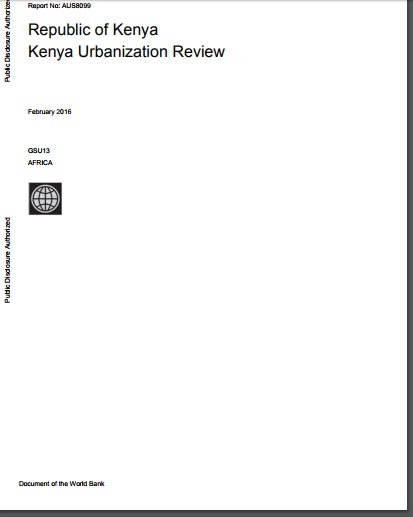Built-up Area Change Analysis in Hanoi Using Support Vector Machine Classification of Landsat Multi-Temporal Image Stacks and Population Data
In 1986, the Government of Vietnam implemented free market reforms known as Doi Moi (renovation) that provided private ownership of farms and companies, and encouraged deregulation and foreign investment. Since then, the economy of Vietnam has achieved rapid growth in agricultural and industrial production, construction and housing, and exports and foreign investments, each of which have resulted in momentous landscape transformations. One of the most evident changes is urbanization and an accompanying loss of agricultural lands and open spaces.





